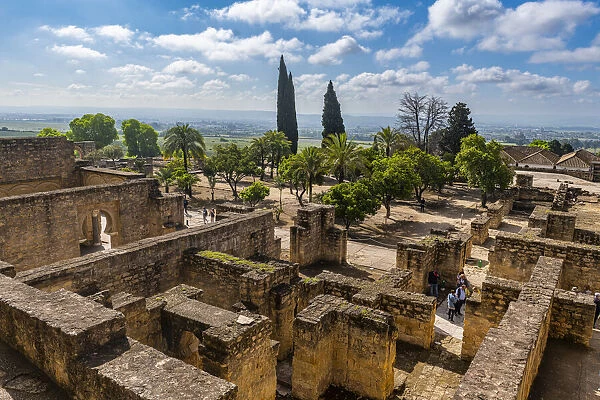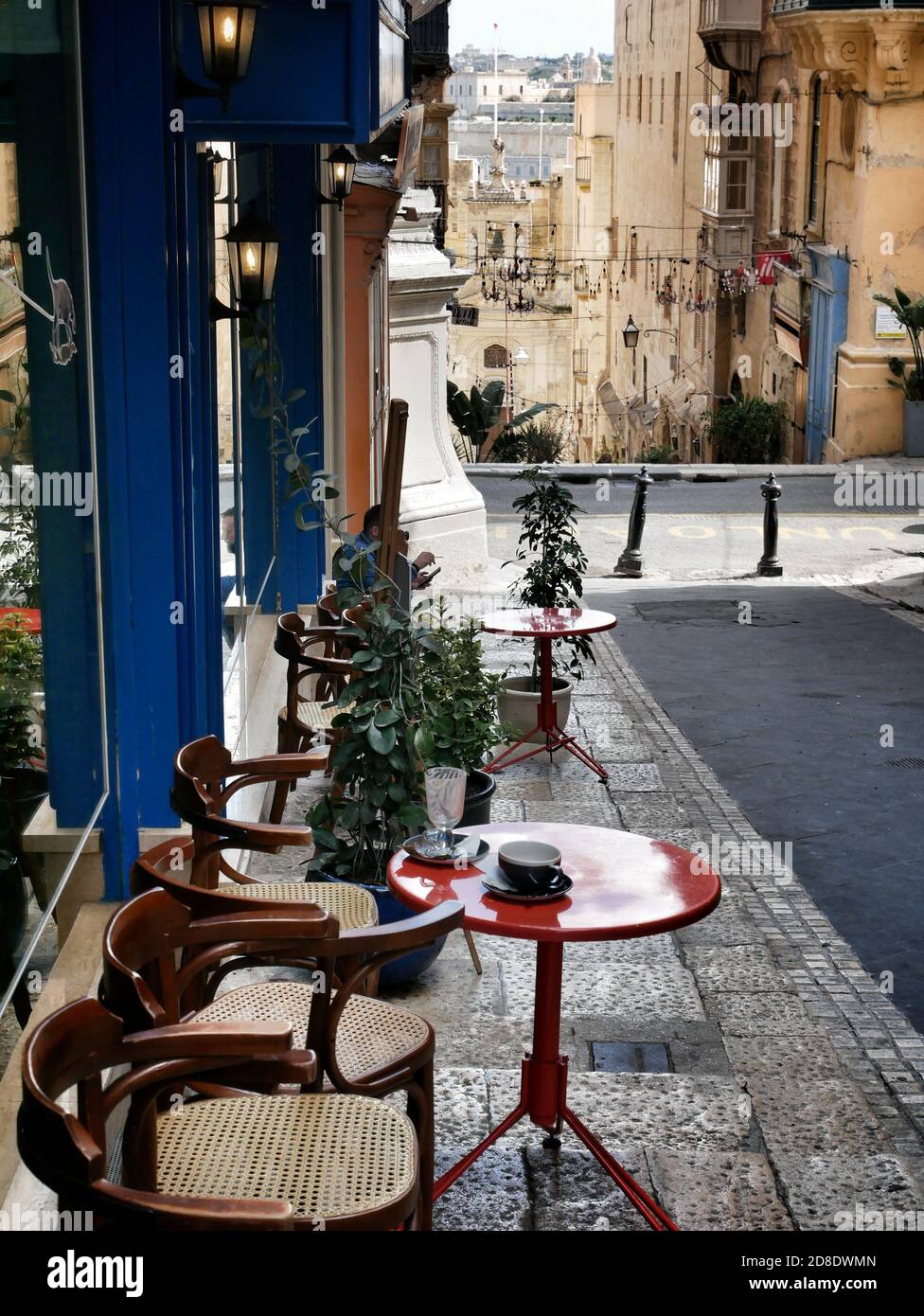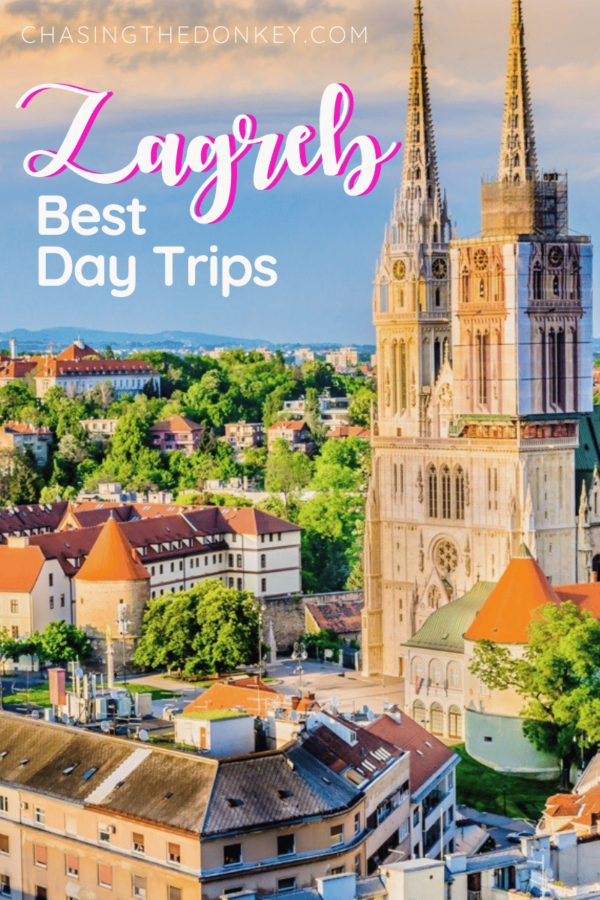Exploring the Rich Tapestry of London: A Historical and Cultural Odyssey
London, an iconic metropolis, is more than just the capital of the United Kingdom. It is a vibrant tapestry woven from centuries of history, an epicenter of culture, and a melting pot of diverse communities. Often referred to as "The Swinging City," London stands as a testament to the enduring allure of urban life, offering an endless array of experiences that captivate both residents and visitors alike.
The Historic Origins of London: From Ancient Roots to Modern Marvel
London's storied past can be traced back over two millennia, beginning with its origins as a small Roman settlement. The city was founded around AD 43 by the Romans, who named it Londinium. Situated strategically along the River Thames, this nascent urban center quickly became an important trading port and transportation hub. The remnants of Roman London, including the London Wall and the amphitheater beneath the Guildhall, provide a fascinating glimpse into the city’s ancient past.
The fall of the Roman Empire led to a period of decline, but London persevered through the tumultuous Dark Ages. By the time of the medieval period, London had reemerged as a thriving center of commerce and governance. A pivotal moment in the city’s history came with the Norman Conquest of 1066, which transformed London into the capital of Norman England. William the Conqueror's construction of the Tower of London in 1078 interwove the city’s landscape with symbols of power and authority.
London's political and economic significance continued to grow throughout the Middle Ages, reinforced by its developing legal and financial institutions. The establishment of the Royal Courts of Justice and the emergence of the City of London as a hub of trade solidified its status as a center of power. The city’s medieval structures, such as Westminster Abbey and the Tower of London, still stand today as iconic landmarks that attract tourists from around the globe.
London as a Cultural Beacon: Arts, Literature, and Innovation
As London transitioned from a medieval market town to a Renaissance metropolis, the city became an unparalleled beacon of culture and creativity. The Elizabethan era marked a golden age of English literature and theater. William Shakespeare, the illustrious Bard of Avon, staged many of his plays at the Globe Theatre in London, cementing his enduring legacy. The city’s vibrant arts scene has continued to flourish, with hundreds of theater performances, art exhibitions, and musical events taking place each year.
The 18th and 19th centuries heralded an era of industrial innovation and urban expansion. The Victorian era, in particular, was a period of intense cultural and economic growth, marked by advancements in science and technology. London became a global city, characterized by its bustling streets and a cosmopolitan population drawn from across the British Empire. This period also saw the rise of iconic institutions such as the British Museum and the Royal Albert Hall, establishing London as a city of enlightenment and learning.
As a veritable mosaic of global cultures, modern London is renowned for its eclectic offerings. The city is home to an astounding array of museums, galleries, and cultural venues, each displaying the richness of human creativity. The British Library, the National Gallery, and the Tate Modern exemplify London’s dedication to preserving and showcasing the arts. Furthermore, the city's culinary landscape reflects its multicultural makeup, featuring a diverse array of cuisines that cater to every palate.
Challenges and Triumphs: London in the 20th and 21st Centuries
The 20th century was a tumultuous period for London, as it navigated challenges ranging from wartime devastation to economic transformation. The city endured significant hardship during World War II, with the Blitz wreaking havoc on its landscape and populace. However, London arose from the ashes through resilient reconstruction efforts that revitalized its urban fabric.
Post-war London witnessed a wave of immigration that further diversified its population. This marked the beginning of a new chapter defined by social innovation and cultural integration. Renowned districts such as Soho and Camden have transformed into vibrant neighborhoods exemplifying London's unique blend of historic charm and modern vibrancy.
Today, London stands as a dynamic global city facing contemporary challenges. Issues such as rising housing costs, environmental sustainability, and societal inequality present ongoing obstacles. Yet, the city’s creative spirit and cultural significance continue to illuminate its path forward, as policymakers and citizens alike seek solutions to foster an inclusive and sustainable future.
In sum, London is an ever-evolving city, steeped in history and driven by innovation. Its enduring allure is derived from a rich tapestry woven from myriad influences, collectively telling the story of a city that perpetually reflects and shapes the world around it.
Architectural Marvels: The Skyline and Beyond
London’s skyline is a fascinating juxtaposition of ancient landmarks and contemporary architectural masterpieces. The city’s landscape is an eclectic blend that tells the story of its historical evolution and modern aspirations. From the medieval grandeur of Westminster Abbey and St. Paul's Cathedral to the sleek, futuristic profiles of The Shard and the Gherkin, London's architecture reflects its dynamic journey through time.
One of the most iconic symbols of London is the Houses of Parliament, a magnificent testament to gothic revival architecture standing proudly along the banks of the Thames. Adjacent lies the iconic Elizabeth Tower, housing the iconic Big Ben, which has been an enduring symbol of London’s political heritage since its completion in the mid-19th century.
Venturing further into the modern era, London has embraced a new wave of architectural dynamism, characterized by innovative designs that push the boundaries of urban aesthetics. The Shard, completed in 2012, is the tallest building in the United Kingdom, redefining the cityscape with its striking silhouette and housing an array of offices, restaurants, and residential spaces. The contrasting curvatures of 30 St Mary Axe, affectionately known as "The Gherkin," add a playful element to the city's architectural portfolio.
The juxtaposition of old and new is further exemplified at the Barbican Estate, a post-war architectural masterpiece that embodies brutalist design while integrating cultural venues such as the Barbican Centre. This ambitious project speaks to London’s commitment to blending residential living spaces with cultural infrastructure.
Green Spaces and Urban Parks: London’s Lungs
Amidst its bustling urban center, London boasts an impressive array of green spaces and parks that provide a tranquil respite from city life. With its vast network of royal parks, communal gardens, and nature reserves, London’s green spaces play a vital role in enhancing the quality of life for its inhabitants.
Hyde Park, one of the most famous royal parks, offers more than 350 acres of open space for recreation and leisure. It is home to the Serpentine Lake, Speaker’s Corner, and a host of seasonal events such as Winter Wonderland, attracting both locals and tourists throughout the year. Adjacent to Hyde Park lies Kensington Gardens, where visitors can explore the Italian Gardens, Diana Memorial Playground, and the serene Albert Memorial.
Other notable green spaces include Regent’s Park, which incorporates the London Zoo and the Open Air Theatre, and Richmond Park, known for its herds of wild deer and sweeping views of the Thames Valley.
Kew Gardens, a UNESCO World Heritage Site, stands as a botanical paradise on the outskirts of the city. With its extensive collection of plant species, glasshouses, and landscape artistry, Kew highlights London's commitment to environmental preservation and scientific research.
Beyond the royal parks, London is replete with public gardens and greenways that interlace through its neighborhoods. The Regent's Canal Towpath, which runs from West to East London, offers a scenic promenade for walkers and cyclists, weaving through eclectic districts that contrast urban vitality with pastoral calm.
The Pulse of London: Festivals, Events, and Nightlife
London’s calendar is brimming with events and festivals that celebrate the city’s vivacity and cultural kaleidoscope. The city’s iconic New Year’s Eve fireworks display along the Thames sets the tone for an annual parade of dynamic happenings that appeal to every interest and passion.
The Notting Hill Carnival, Europe’s largest street festival, is a vibrant celebration of Caribbean culture and community, drawing millions of visitors to experience its lively processions, music, and culinary delights. Summer also heralds the return of the renowned Wimbledon tennis championships, a quintessentially British sporting event that attracts enthusiasts worldwide.
The London Film Festival and the Frieze Art Fair are among the city’s most esteemed cultural gatherings, showcasing the latest in cinema and contemporary art. These events provide platforms for creative exploration and engagement, underscoring London’s role as a global capital of arts and culture.
As the sun sets, London's nightlife comes alive, with an eclectic mix of venues catering to all tastes. From the historic jazz clubs of Soho to the trendy rooftop bars offering panoramic views, the city’s nightlife is as diverse as its day-to-day offerings. Iconic music venues such as the O2 Arena and Roundhouse host international artists, while smaller stages in Camden and Shoreditch pulsate with emerging talent across genres.
London's vibrant social scene is complemented by a cosmopolitan culinary landscape, with an impressive array of dining options that capture the city’s multicultural essence. From traditional English pubs to Michelin-starred establishments and bustling street food markets, London's gastronomy caters to every palate, reinforcing its status as one of the world’s foremost culinary destinations.
In conclusion, London’s multifaceted identity is shaped by its architecture, green spaces, and vibrant events—each element weaving together to create a city that is as historically rich as it is contemporary. As a beacon of culture, innovation, and diversity, London continues to evolve, inviting exploration and admiration from all who wander its storied streets.
Icons of Education: London’s Academic Institutions
London is home to some of the most prestigious and historic academic institutions in the world. Its universities not only attract students globally but also contribute significantly to its intellectual and cultural milieu. The University of London, established in 1836, is a federal institution comprising over 18 colleges, including iconic names such as University College London (UCL), King’s College London, and the London School of Economics and Political Science (LSE).
These institutions are renowned for their academic excellence and research contributions across various fields, from the sciences and humanities to law, politics, and economics. UCL, known for its innovative teaching methods and diverse community, has produced a myriad of Nobel laureates and leaders across disciplines. King’s College London boasts a rich history in medical research and political science, while LSE stands out as a center for cutting-edge research in social sciences and public policy.
Moreover, London is home to the Royal College of Music and the Royal Academy of Arts, institutions that nurture the next generation of artists, musicians, and creative leaders. The city's academic landscape is a dynamic hub for dialogues and discoveries, fostering an environment where ideas flourish and innovation thrives.
The presence of these esteemed institutions enhances London’s standing as a global intellectual epicenter. By attracting talented minds from around the world, the city cultivates an environment of diversity and growth, reinforcing its reputation as a cradle of knowledge and creativity.
Transportation and Connectivity: Navigating the Metropolis
London’s transportation network is an expansive and intricate system that facilitates the seamless movement of millions within the city and beyond. The London Underground, popularly known as the Tube, is the world’s oldest subway system, established in 1863. With its 11 lines and over 250 stations, it remains a vital artery of the city, offering an efficient and reliable means of navigating the urban sprawl.
In addition to the Tube, the city balances a network of buses, trams, and overground trains that connect disparate neighborhoods and facilitate access to the greater London area. Transport for London's iconic red double-decker buses are a symbol of the city, providing extensive coverage across diverse routes.
Cycling has surged in popularity as a sustainable and health-conscious means of transportation. Initiatives such as the Santander Cycles scheme provide inexpensive and accessible bike rental options throughout the city. Meanwhile, London’s pedestrian-friendly walkways and bridges, such as the Millennium Bridge and South Bank’s scenic paths, encourage exploration of the city on foot.
London’s international connectivity is bolstered by its extensive air and rail networks. Heathrow Airport and Gatwick Airport serve as prominent global gateways, connecting London to key destinations worldwide. Furthermore, the Eurostar service via St Pancras International links the city directly to mainland Europe, offering swift and efficient travel to cities like Paris and Brussels.
Preserving Heritage: London’s Museums and Historical Sites
As a city with deep historical roots, London is replete with museums and heritage sites that preserve its storied past while educating future generations. These institutions offer a profound insight into the cultural heritage and archaeological treasures of this vibrant metropolis.
Foremost among them is the British Museum, home to over eight million artifacts that narrate the history of human civilization. From the Elgin Marbles to the Rosetta Stone, the museum's collections provide unparalleled global insights across centuries.
The Natural History Museum and the Science Museum, both located in the cultural enclave of South Kensington, offer immersive experiences that engage visitors with the wonders of the natural world and the unfolding journey of technological advancement. The Natural History Museum’s iconic dinosaur exhibits and the Science Museum’s interactive galleries prove a hit with both young and old, promoting a curious spirit and an eagerness to learn.
The Tower of London, a UNESCO World Heritage Site, invites visitors to explore its storied past as a royal palace, fortress, and infamous prison. Other notable historical sites include the Churchill War Rooms, which offer a glimpse into Britain’s wartime leadership during the Second World War, and the historic bankside location of the reconstructed Shakespeare’s Globe Theatre.
Finally, the V&A Museum, with its extensive collection of decorative arts and design spanning from antiquity to modernity, encapsulates the creative spirit that pervades every corner of London.
Conclusion: An Ever-Evolving Metropolis
London is a city of endless fascination—a place where history and modernity coexist harmoniously, creating a constantly evolving urban tapestry. As a cradle of culture, innovation, and diversity, it remains a leading global hub that inspires both its inhabitants and visitors. From its ancient roots to its breathtaking architecture, verdant spaces, and unrivaled cultural scene, London is a testament to human achievement and the thriving spirit of this unparalleled city.
Whether visiting its bustling streets, historic landmarks, or tranquil parks, there is always something new to discover in London. As the city continues to grow and adapt to contemporary challenges, it remains steadfast in preserving its heritage while embracing the future. In every sense, London embodies a spirit of resilience, creativity, and boundless opportunities, ensuring its place as one of the most captivating destinations in the world.
























Comments